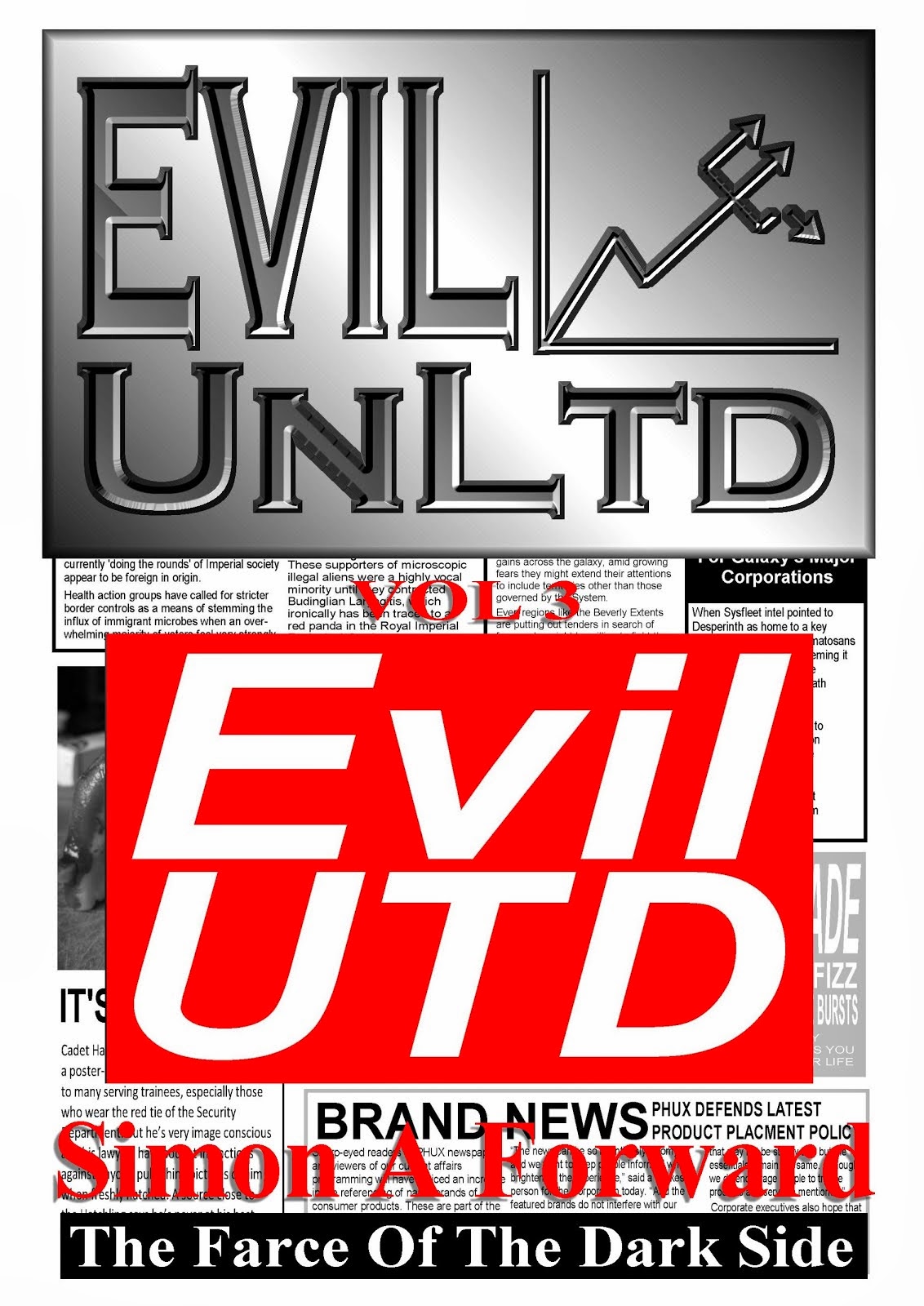Tiger tiger
burning bright. Someone set your tail alight.
That’s how
the Spike Milligan version went, if I recall correctly. Last night’s Doctor Who episode, In The Forest Of The Night could have
done with someone putting a match to it, sticking some dynamite under it. Or
something.
Fearful symmetry? More of a tame mess.
The odd
thing is, I mostly enjoyed it. Mostly.
We’re
talking like pretty much a whole half hour, almost.
It opened with
a fantastic scenario – a world gone green – and managed to maintain a
persuasive sense that it was all leading somewhere interesting. With an idea
this big, this audacious and so thoroughly inexplicable, the explanation had to
be incredible. Cottrell Boyce, writer of the memorable Olympic opening ceremony
for London 2012, provides a decently constructed mystery with hot and cold
running dialogue and en suite wildlife. We’ve wolves, a little Red Riding Hood
and there’s even a tiger. Well, there had to be, didn’t there.
The cluster
of school kids weren’t nearly as annoying as the trailer led me to believe they
would be. That helped immensely. And although many of them were more like
character templates than characters, well, they made for some amusing exchanges
with the Doctor, the most childish of all adults present. On the whole it was
an entertaining jog as it led us up the forest path.
Danny Pink
appeared to have discovered some life in his character, perhaps energised by
the solar flare activity. And that helped.
Capaldi
continues to be the best thing to have happened to Doctor Who since its return to our
screens in 2005. That has helped with every one of this season’s episodes. He
can’t always save the day but it helps.
The director
managed to create the illusion of menace within the forest, so there was a
feeling for quite a while that there would be some meat at the centre of this
nightmare Eden. That, like Jenna’s continued standout performance as Clara,
like the tiger, like a number of other elements, helped.
Unfortunately,
the various carnivores on the loose were fated to grow hungry as we learned
that a Britain smothered in verdure pretty much amounts to a vegetative state.
Many a
Doctor Who episode in this and previous seasons has shared a similar problem.
Strong idea, for which the writers then struggle to provide any sort of
coherent explanation or convincing basis. They’ll milk what they can out of it
and hope the sparkly dialogue and emotional substance will win audiences over
and help them forgive the feeble rationale and/or resolution. And it works, to
an extent. Heck, even the worst offenders are usually entertaining for sizable
spans of their 45-minute runtime.
But so far,
Jamie Mathieson has been this season’s only writer who, barring a few trifling
cheats (handy neurosis-transfer gadget), appears to make a proper effort to
make his stories make sense.
Here,
Cottrell Boyce takes the bold step of not providing any explanation at all.
Perhaps I’m being unfair. He does have his little troubled girl who talks to
the trees burble some explanation in the midst of some flitting fairy lights,
but there’s absolutely zero attempt to justify how flame-proof trees
materialise to cover the entire globe overnight then vanish once their job is
done.
Honestly,
I’m all for the re-telling of fairy tales in Doctor Who, but the idea is that you give them a pseudo sci-fi
spin. This is the stuff of Merlin and Narnia and Walt bloody Disney. And as if
magic wasn’t enough, it’s all served up with enough schmaltz to choke Tinkerbell.
We’re expected to believe the governments of the world will call of all their
emergency defoliation plans on the strength of the heartfelt and cutely worded
appeal of a little girl. And we just know we’re going to see her long-lost
sister returned to her by story’s end.
The story has other problems.
Beyond the
token amusing news coverage that tends to accompany any worldwide disaster
depicted in Who these days, it makes no effort to properly globalise the
crisis.
Other than
the kids, we get to see Riding Hood’s mum and her neighbour who have been in
such a busy rush this morning that they’ve only just cottoned on to the
extensive forestation that’s occurred. Mum then meanders through the forest in
search of her daughter, adding nothing much to the drama.
Worse, in addition to the story being dumb as a tree-stump, characters are seen to act stupidly - which is another guaranteed way to tax my patience.
And there is
no menace. No monsters. As was illustrated by a single line in Flatline, the writers seem to be under
the impression that such a situation represents a refreshing change when in
fact it’s the modern norm. The flamethrower crew in their protective suits are
meant to appear sinister, I think, but it just struck me as an indictment of
the UK’s pitiful emergency response measures.
Even in
these times of austerity and cutbacks you’d hope they’d field more than one
team of half a dozen guys, but I guess it’s a nostalgic nod to the old days
when UNIT consisted of six blokes and a Land Rover.
Also, I have
an issue with this relatively new concept of the Doctor walking away from an
Earth in crisis. It’s so utterly contrived in Kill The Moon, while here it
takes Clara some trouble to persuade him he should leave, it just doesn’t add
up.
Much as I
hate that we now have a Doctor Who where the TARDIS can be used to drag planets
across the universe and return them to their rightful orbits, since we’ve inherited
that ‘feature’, why the in the name of fairytales wouldn’t he use the TARDIS to
generate some sort of magnetic or gravitic field to divert the solar flares
from the Earth’s path? Obviously that would be rubbish – but less rubbish. And
it would comprehensively undermine the writer’s point, but I’m not sure the
writer is entirely clear on whatever point he’s out to make.
All in all,
it’s some tree-hugging Disney fairytale wizards-and-no-aliens gumph. As far as
I can gather.
The tiger is
gorgeous. Beautiful. And he does a fine roar, worthy of an MGM audition if only
they weren’t so stuck on using lions. Along with some of Capaldi’s fiercer
expressions, he’s the wildest thing about this episode and he’s the closest we
ever come to a sense of danger.
Everything
else has been thoroughly domesticated. Tamed.
If this is
what the Doctor’s up against, it’s fitting he wields a magic wand. But if the
stories are going to pull plot rabbits out of hats, you’d at least hope they’d
feel magical. This felt for a while like it was going to be, but turned out to
be anything but.
By story’s
end, it was impossible to see the wood for the twee.
SAF 2014


















